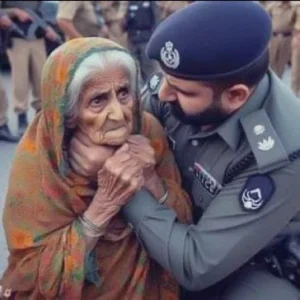- Joined
- Jun 27, 2024
- Messages
- 926
- Likes
- 6,581
Honestly, its getting hard to keep track of the count nowadays. Porkis getting daily BDSM treatments from multiple parties. 
View: https://x.com/KabulFrontline/status/1858805403989275122

View: https://x.com/KabulFrontline/status/1858805403989275122








